This article was co-authored by Lisa Bryant, ND and by wikiHow staff writer, Eric McClure. Dr. Lisa Bryant is Licensed Naturopathic Physician and natural medicine expert based in Portland, Oregon. She earned a Doctorate of Naturopathic Medicine from the National College of Natural Medicine in Portland, Oregon and completed her residency in Naturopathic Family Medicine there in 2014.
There are 11 references cited in this article, which can be found at the bottom of the page.
wikiHow marks an article as reader-approved once it receives enough positive feedback. In this case, 89% of readers who voted found the article helpful, earning it our reader-approved status.
This article has been viewed 220,759 times.
If your blood pressure numbers are too low, you’re probably looking for ways that you can raise it. While the food you eat is important for managing your blood pressure, there are a lot of other things that you can do too. Generally speaking, a reading of 90/60 or lower is a sign that you have low blood pressure. Fortunately, there are some steps you can take on your own to help raise blood pressure to a consistent level. See your doctor to discuss your blood pressure and seek emergency medical care if you experience any serious symptoms.
Steps
Expert Q&A
Did you know you can get premium answers for this article?
Unlock premium answers by supporting wikiHow
-
QuestionMy right arm reads 132/70, and my left reads 90/61. Are different readings on different arms something to be worried about?
 Lisa Bryant, NDDr. Lisa Bryant is Licensed Naturopathic Physician and natural medicine expert based in Portland, Oregon. She earned a Doctorate of Naturopathic Medicine from the National College of Natural Medicine in Portland, Oregon and completed her residency in Naturopathic Family Medicine there in 2014.
Lisa Bryant, NDDr. Lisa Bryant is Licensed Naturopathic Physician and natural medicine expert based in Portland, Oregon. She earned a Doctorate of Naturopathic Medicine from the National College of Natural Medicine in Portland, Oregon and completed her residency in Naturopathic Family Medicine there in 2014.
Licensed Naturopathic Physician
-
QuestionI'm a 19-year-old girl with a blood pressure of 117/74. Is it normal?
 Lisa Bryant, NDDr. Lisa Bryant is Licensed Naturopathic Physician and natural medicine expert based in Portland, Oregon. She earned a Doctorate of Naturopathic Medicine from the National College of Natural Medicine in Portland, Oregon and completed her residency in Naturopathic Family Medicine there in 2014.
Lisa Bryant, NDDr. Lisa Bryant is Licensed Naturopathic Physician and natural medicine expert based in Portland, Oregon. She earned a Doctorate of Naturopathic Medicine from the National College of Natural Medicine in Portland, Oregon and completed her residency in Naturopathic Family Medicine there in 2014.
Licensed Naturopathic Physician
-
QuestionWhat do I look for if I accidentally take my medicine twice?
 Lisa Bryant, NDDr. Lisa Bryant is Licensed Naturopathic Physician and natural medicine expert based in Portland, Oregon. She earned a Doctorate of Naturopathic Medicine from the National College of Natural Medicine in Portland, Oregon and completed her residency in Naturopathic Family Medicine there in 2014.
Lisa Bryant, NDDr. Lisa Bryant is Licensed Naturopathic Physician and natural medicine expert based in Portland, Oregon. She earned a Doctorate of Naturopathic Medicine from the National College of Natural Medicine in Portland, Oregon and completed her residency in Naturopathic Family Medicine there in 2014.
Licensed Naturopathic Physician
Warnings
- Avoid incorporating a ton of saturated fat or sugar in your diet. Fat and sugar can cause your blood pressure to spike and reduce suddenly, leading to periods of dizziness and exhaustion.[17]⧼thumbs_response⧽
References
- ↑ https://www.mc.vanderbilt.edu/reporter/index.html?ID=1022
- ↑ http://www.mayoclinic.org/diseases-conditions/low-blood-pressure/basics/treatment/con-20032298
- ↑ http://bjgp.org/content/64/623/316
- ↑ https://www.health.harvard.edu/newsletter_article/beating-high-blood-pressure-with-food
- ↑ https://www.mayoclinic.org/diseases-conditions/low-blood-pressure/diagnosis-treatment/drc-20355470
- ↑ http://www.mayoclinic.org/diseases-conditions/low-blood-pressure/basics/treatment/con-20032298
- ↑ http://www.mayoclinic.org/diseases-conditions/low-blood-pressure/basics/treatment/con-20032298
- ↑ https://www.mayoclinic.org/diseases-conditions/low-blood-pressure/diagnosis-treatment/drc-20355470
- ↑ https://www.ncbi.nlm.nih.gov/pubmed/16922819
- ↑ http://www.mayoclinic.org/diseases-conditions/high-blood-pressure/basics/symptoms/con-20019580
- ↑ https://www.health.harvard.edu/blood-pressure/how-accurate-are-drugstore-blood-pressure-machines
- ↑ https://www.health.harvard.edu/blood-pressure/how-accurate-are-drugstore-blood-pressure-machines
- ↑ https://www.health.harvard.edu/heart-health/reading-the-new-blood-pressure-guidelines
- ↑ https://www.mayoclinic.org/diseases-conditions/low-blood-pressure/symptoms-causes/syc-20355465
- ↑ https://www.mayoclinic.org/diseases-conditions/low-blood-pressure/symptoms-causes/syc-20355465
- ↑ https://www.mayoclinic.org/diseases-conditions/low-blood-pressure/symptoms-causes/syc-20355465
- ↑ https://www.health.harvard.edu/heart-health/the-sweet-danger-of-sugar
About This Article
Having low blood pressure can make you feel awful, but fortunately, there are some simple remedies you can try at home. Before trying to treat your low blood pressure naturally, always consult with your doctor to be sure you’re not going to do yourself any harm. Once your doctor gives you the go-ahead, try adding more salt to your diet, as this can help raise your blood pressure. To keep your salted food choices healthy, try having a few salty vegetable broths each week, add more salt to your usual healthy fish, meat, and veggie dishes, and perhaps choose some salty Mediterranean-style food. Blood pooling in your legs can also contribute to low blood pressure, so try wearing compression stockings as a beneficial natural remedy. Whatever solution you choose, keep monitoring your blood pressure and work with your doctor to treat any underlying medical problems. For more advice from our Medical co-author, including how to check your blood pressure, keep reading.


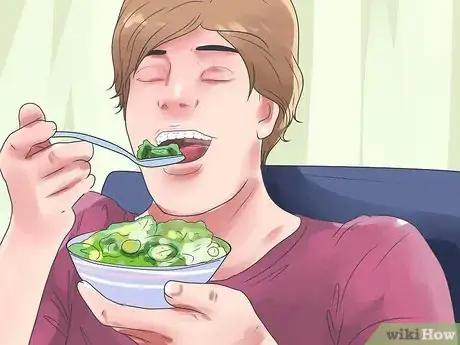

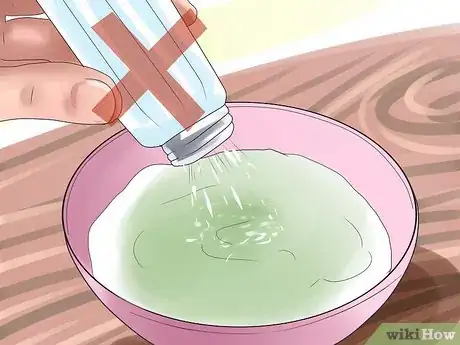

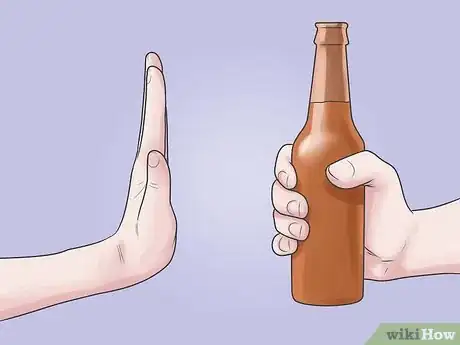


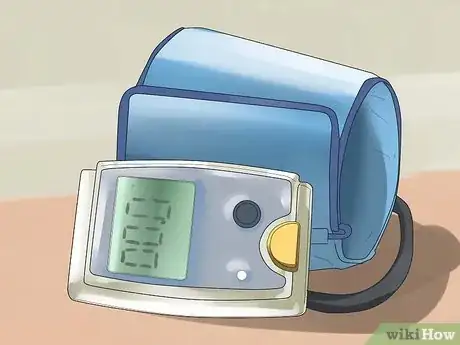


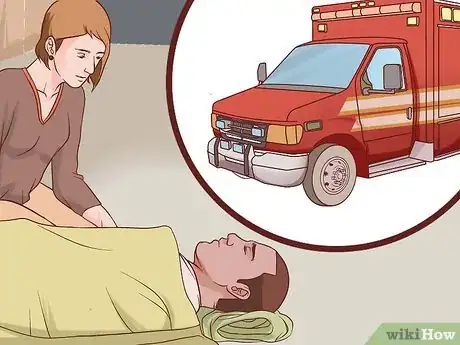



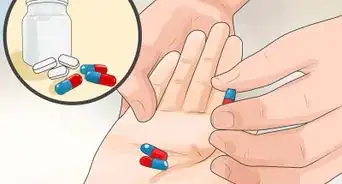
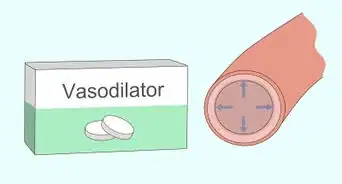


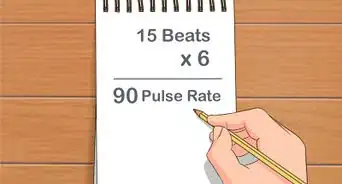

-Step-3-Version-3.webp)

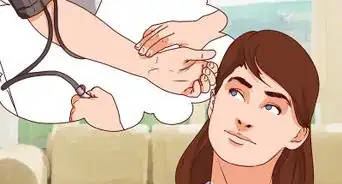

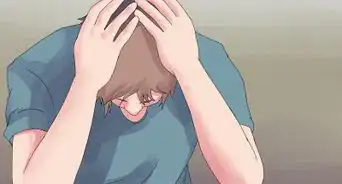












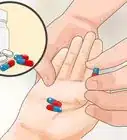
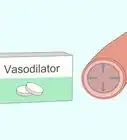



































Medical Disclaimer
The content of this article is not intended to be a substitute for professional medical advice, examination, diagnosis, or treatment. You should always contact your doctor or other qualified healthcare professional before starting, changing, or stopping any kind of health treatment.
Read More...